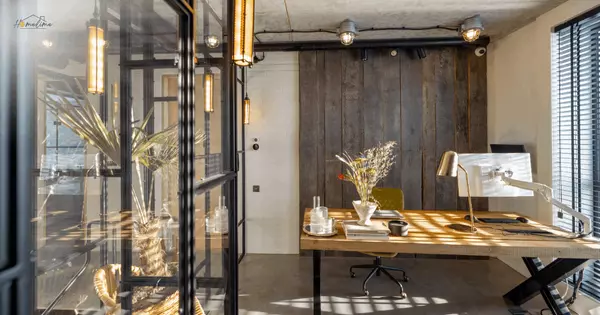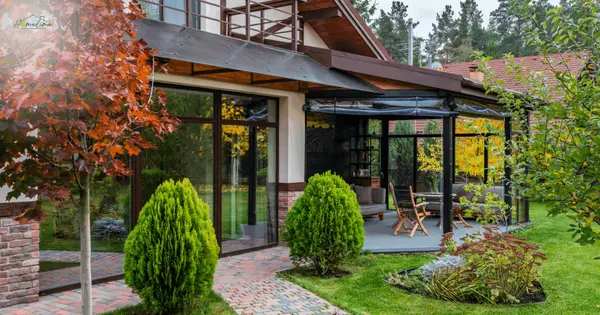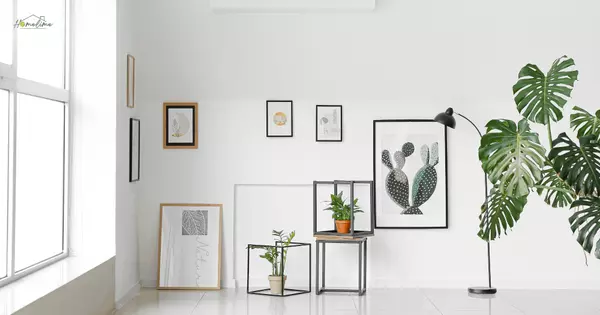Setting Up a Work-Friendly Home Office
Creating a productive home office requires careful planning and thoughtful design. Start by choosing a quiet, well-lit space to minimize distractions. A dedicated workspace helps separate professional life from personal activities. Invest in a comfortable, ergonomic chair and a desk that fits your needs. Adequate lighting is essential for reducing eye strain and maintaining focus. Natural light is ideal, but task lighting can supplement if necessary. Ensure your workspace is free from unnecessary clutter by organizing items with shelves, bins, or drawers. A clean and orderly environment promotes better concentration and efficiency.
Technology plays a vital role in an effective home office. Reliable internet, a functional computer, and essential tools like printers or monitors are critical. Consider adding noise-canceling headphones if you share your home with others. Cable management solutions keep wires tidy and prevent tripping hazards. Virtual assistants or productivity apps can help you stay on track. Ensure all equipment is positioned for easy access to minimize interruptions during work hours. Personalizing the space with motivational quotes, plants, or art can boost morale. Striking a balance between functionality and comfort makes the space inviting yet professional.
Your work habits and schedule should also shape the design of your home office. Position your desk near natural light sources, but avoid glare on your screen. Incorporate a calendar or whiteboard for planning and tracking goals. Break areas within your workspace can help maintain energy throughout the day. Establish clear boundaries with household members about office hours to minimize interruptions. Soundproofing options, such as rugs or acoustic panels, can further enhance the quiet atmosphere. Experiment with different layouts to find what works best for you. A well-thought-out space complements your workflow, making it easier to focus and stay productive.
Regular maintenance and updates to your home office are equally important. Periodically declutter to keep the space organized and efficient. Update technology as needed to stay current with work demands. Evaluate the ergonomics of your setup to ensure long-term comfort and health. Adapt the space as your needs change, whether adding more storage or adjusting for hybrid work arrangements. Remember, a home office is an extension of your professional life and should reflect that purpose. By investing time and effort into creating an optimal workspace, you can enjoy increased productivity and job satisfaction. Thoughtful planning leads to a space where you can truly thrive.
Recent Posts











